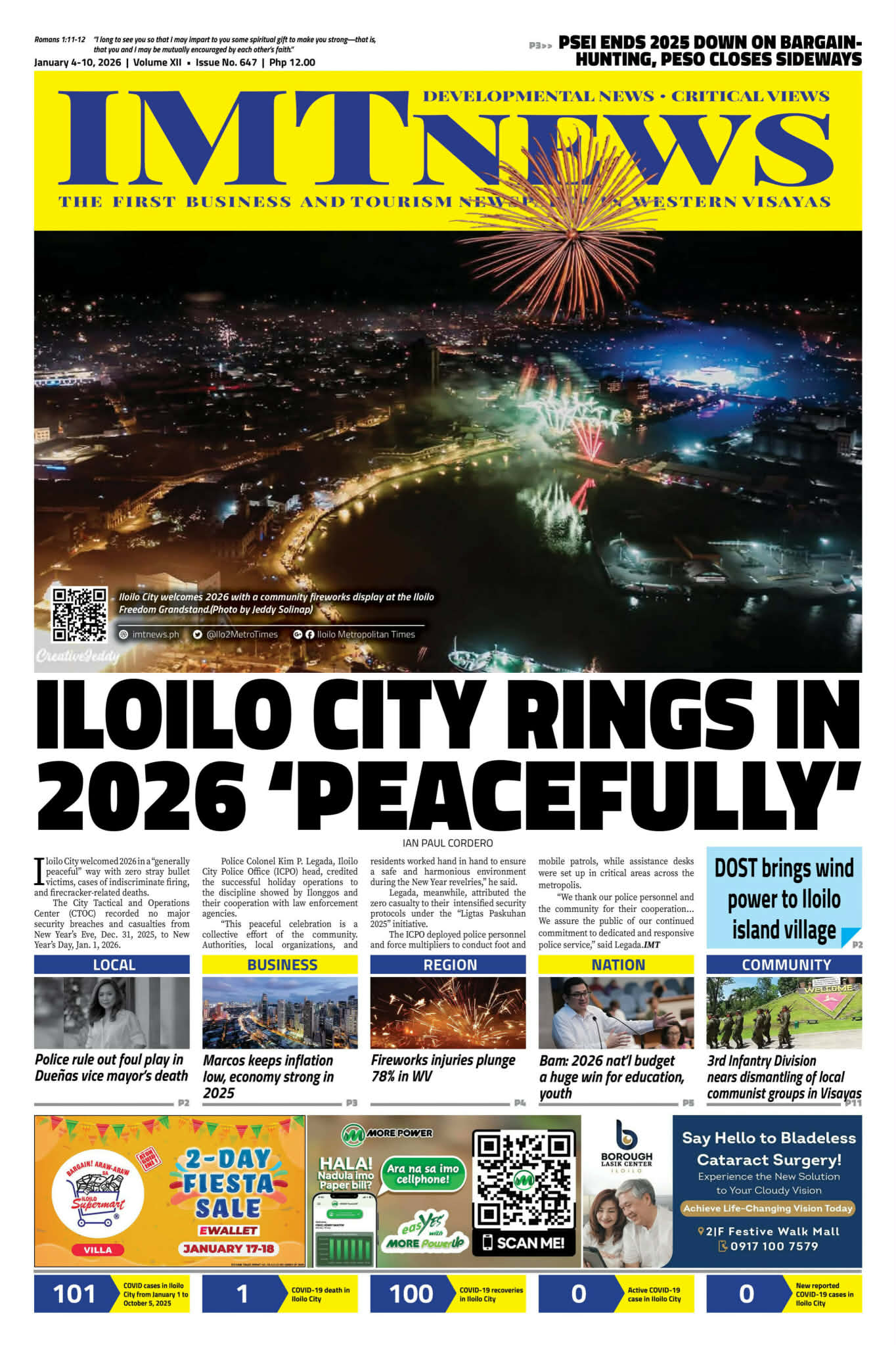The Department of the Interior and Local Government (DILG) said Iloilo is close to becoming a drug-cleared province, with only six barangays left awaiting final approval.
These last holdouts—three in Oton, one in Ajuy, and two in Estancia—are expected to undergo deliberation by the Regional Oversight Committee on Barangay Drug Clearing (ROCBDC) this September, according to DILG Provincial Director Engr. Carmelo Orbista.
“Hopefully, the six will be drug-cleared soon,” Orbista said, expressing optimism that the required validation processes will be completed before the committee’s scheduled review.
Iloilo has 1,721 barangays in total, and with 1,715 already cleared, the province is on the verge of achieving a major milestone in the national anti-drug campaign.
Orbista explained that the delay in declaring the six barangays was due to technical concerns, such as aligning policies across provincial, regional, and national levels.
He emphasized that the DILG is working closely with the Philippine National Police (PNP) and the Philippine Drug Enforcement Agency (PDEA) to resolve these issues and finalize the barangays’ compliance.
“Those technical matters have to be addressed, and we’ve been validating their data thoroughly,” Orbista added.
Among the final steps required is the completion of community-based rehabilitation programs for identified Persons Who Use Drugs (PWUDs).
Orbista said he is hopeful this will be accomplished before the September deliberation.
The process of securing a drug-cleared status is comprehensive.Under the DILG Memorandum Circular, barangays must first revitalize their Barangay Anti-Drug Abuse Council (BADAC), identify drug-linked individuals, implement targeted interventions, and submit complete documentation for oversight committee evaluation.
Once declared, a barangay receives a drug-cleared certificate. However, this status is not permanent. If relapse cases emerge or drug-related activities resurface, the barangay must undergo a revalidation process to retain its cleared designation.
Orbista noted that even previously cleared barangays can face challenges due to the shifting nature of urban areas, where mobility and access make drug monitoring more difficult.
“They transfer from one place to another,” he said, referring to drug personalities who evade capture by moving frequently.
Despite these challenges, Orbista commended local law enforcement agencies for their continuous work, citing recent successful drug operations as proof of their dedication.
“Our PDEA, PNP, and other agencies are clearly working on the ground. They’re not being complacent,” he stressed.
Barangays seeking to retain their cleared status must comply with continued monitoring protocols, conduct house visits for relapse cases, provide updated reports, and undergo fresh deliberation by the ROCBDC.
Orbista assured the public that all barangays under review are held to the same strict standards and that no shortcuts are taken in the province’s goal of becoming entirely drug-cleared. IMT







